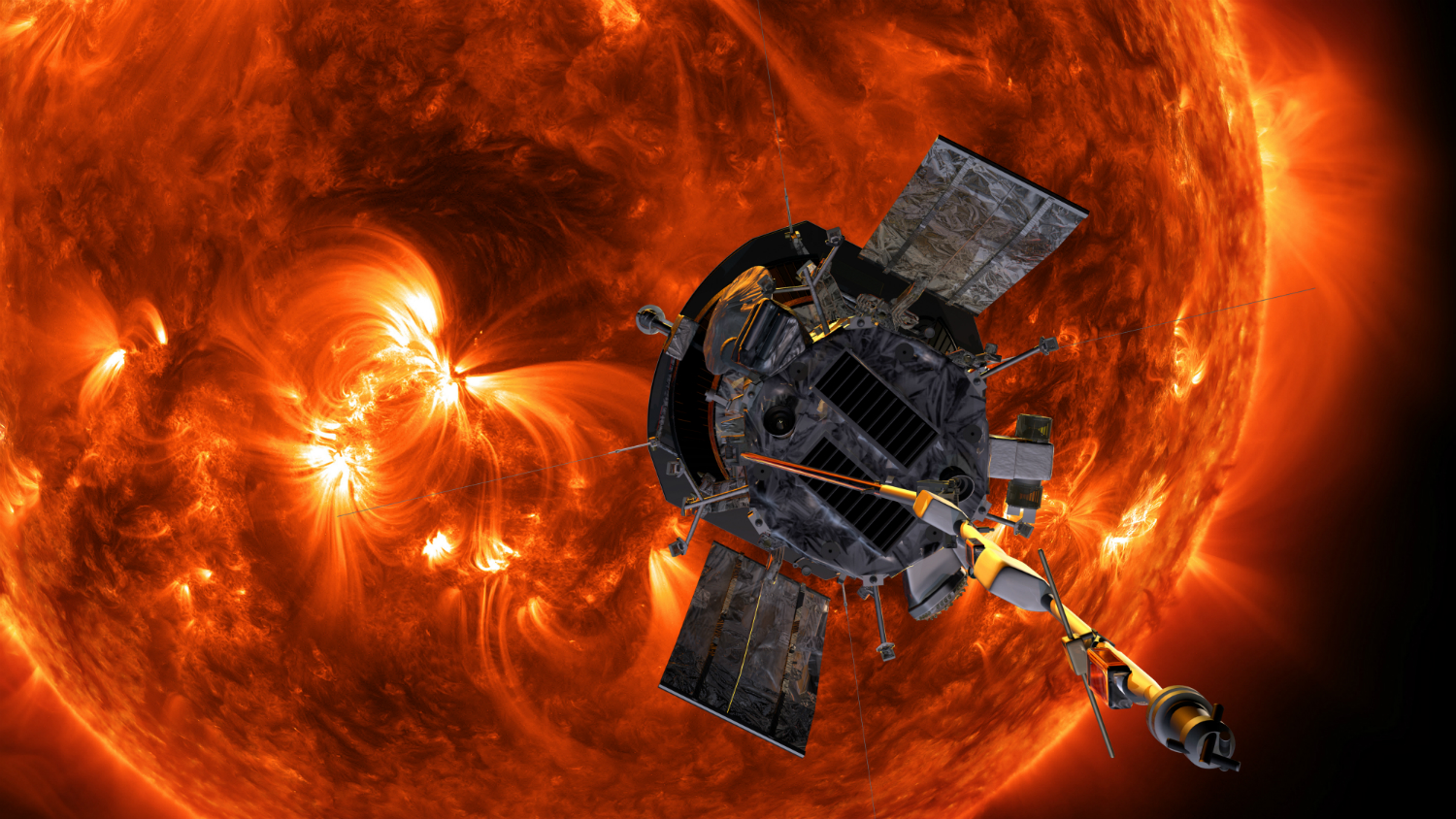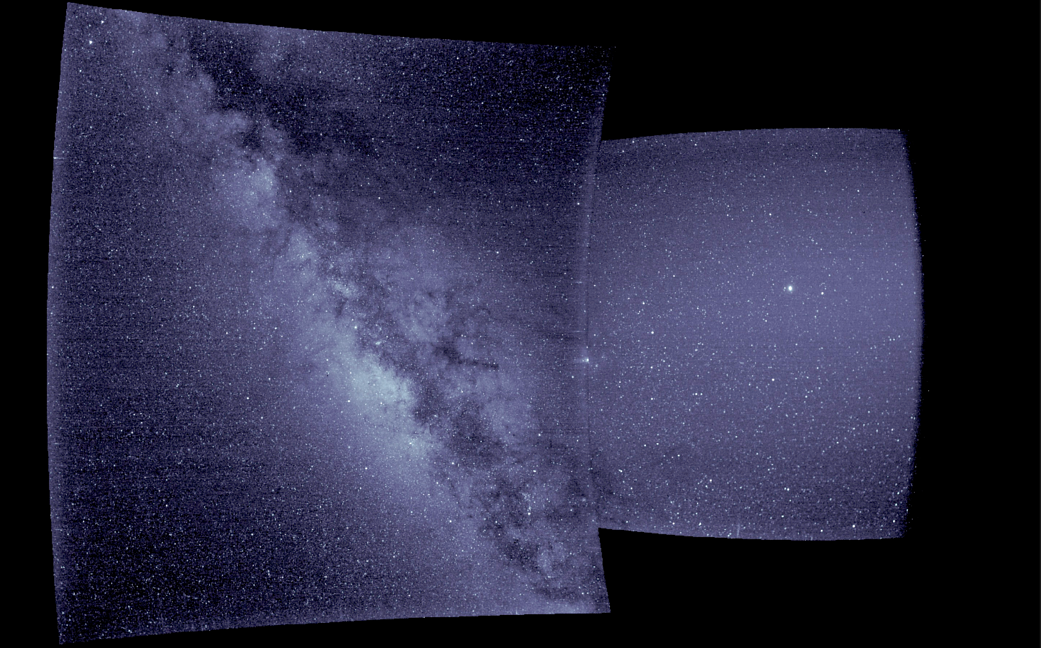At around 3.28am this morning (6 November 2018) NASA’s Parker Solar Probe hurtled past the Sun at a speed of 343,000 kilometres per hour, simultaneously breaking the record for the closest human-made object to the Sun and the fastest human-made object in history.

This is the first of 24 flybys that Parker will make during its seven-year mission to unlock the secrets of our closest star. At these close quarters intense solar radiation will heat the Sun-facing side of the spacecraft to a blistering 440 degrees Celsius, with Parker’s delicate instruments protected by an 11-centimetre-thick carbon composite heat shield.
The mission operations team at Johns Hopkins Applied Physics Laboratory lost contact with Parker a few days ago, as transmissions to and from Earth were overwhelmed by the Sun’s powerful radio emissions. For the next few days Parker will be fully autonomous, with its onboard systems constantly monitoring and adjusting the spacecraft’s orientation to keep the heat shield pointed squarely at the Sun. Even a brief misalignment allowing sunlight to fall on the unshielded parts of the craft could spell disaster. It will be a nervous wait for Parker to re-establish communications once it emerges from the Sun’s radio blackout.

Parker is currently flying through the Sun’s corona – the tenuous halo of plasma that surrounds the Sun with a temperature of around 2 million degrees. Fortunately, these fantastically high temperatures don’t pose a threat to the spacecraft as the corona is also fantastically thin. Parker’s instruments will now be sampling and probing this never-before-visited region of the Sun’s atmosphere, capturing data on its particle-content and magnetic field. One of the many questions Parker is trying to answer is why the corona has such a high temperature, while the surface of the Sun sits at a comparatively balmy 5500 degrees Celsius.

Over the next seven years Parker will use repeated flybys of the planet Venus to trim its orbit ever closer to the Sun. Today the probe passed the Sun at a distance of 24 million kilometres, but at the climax of the mission in December 2024 this will be reduced to just 6 million kilometres, 4% of the distance between the Earth and the Sun. If all goes well, Parker promises to transform our understanding of our local star while also improving our ability to forecast solar storms, which pose an increasing threat to the satellite and electrical systems that we all rely on.
Learn more about humanity’s relationship with our nearest star in this blog series, based on our recent exhibition The Sun: Living With Our Star.